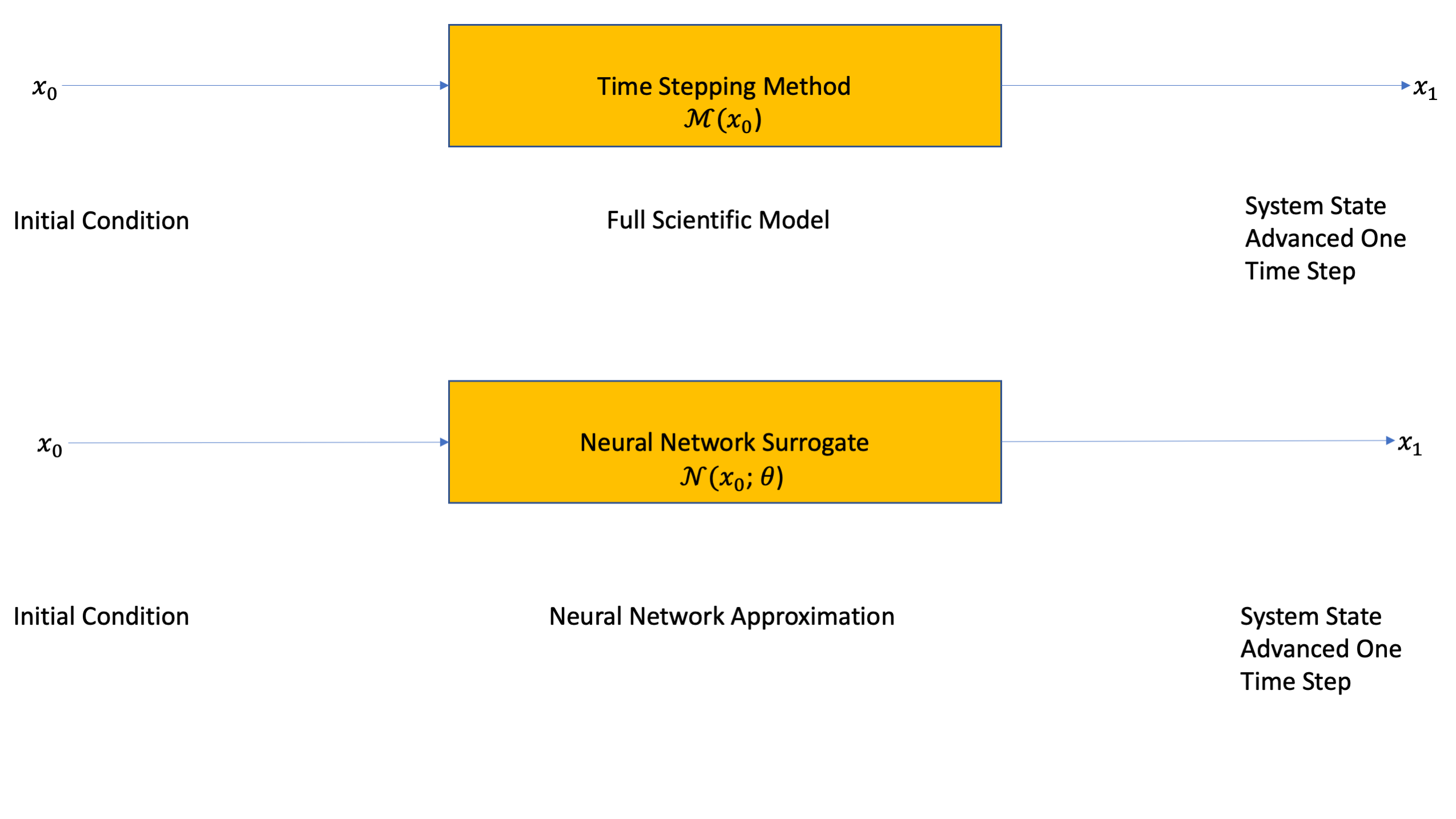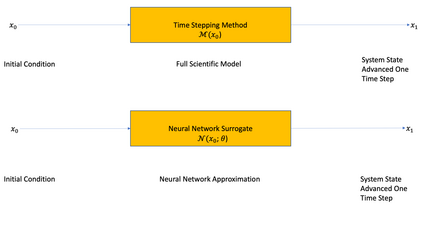The data assimilation procedures used in many operational numerical weather forecasting systems are based around variants of the 4D-Var algorithm. The cost of solving the 4D-Var problem is dominated by the cost of forward and adjoint evaluations of the physical model. This motivates their substitution by fast, approximate surrogate models. Neural networks offer a promising approach for the data-driven creation of surrogate models. The accuracy of the surrogate 4D-Var problem's solution has been shown to depend explicitly on accurate modeling of the forward and adjoint for other surrogate modeling approaches and in the general nonlinear setting. We formulate and analyze several approaches to incorporating derivative information into the construction of neural network surrogates. The resulting networks are tested on out of training set data and in a sequential data assimilation setting on the Lorenz-63 system. Two methods demonstrate superior performance when compared with a surrogate network trained without adjoint information, showing the benefit of incorporating adjoint information into the training process.
翻译:许多实用数字天气预报系统采用的数据同化程序以4D-Var算法的变式为基础,解决4D-Var问题的费用主要取决于对物理模型进行前方和联合评价的成本。这促使以快速、近似替代模型取代它们。神经网络为数据驱动创建代用模型提供了很有希望的方法。代用4D-Var问题解决办法的准确性明显取决于对其他代用模型和一般非线性设置的前方和辅助模型的准确模型进行精确的建模。我们制定并分析将衍生信息纳入神经网络探测仪建设的若干方法。由此产生的网络通过培训数据进行测试,并在Lorenz-63系统的相继数据同化设置中进行测试。两种方法表明,与在没有联合信息的情况下培训的代用网络相比,其性优劣表现,表明将联合信息纳入培训过程的好处。






